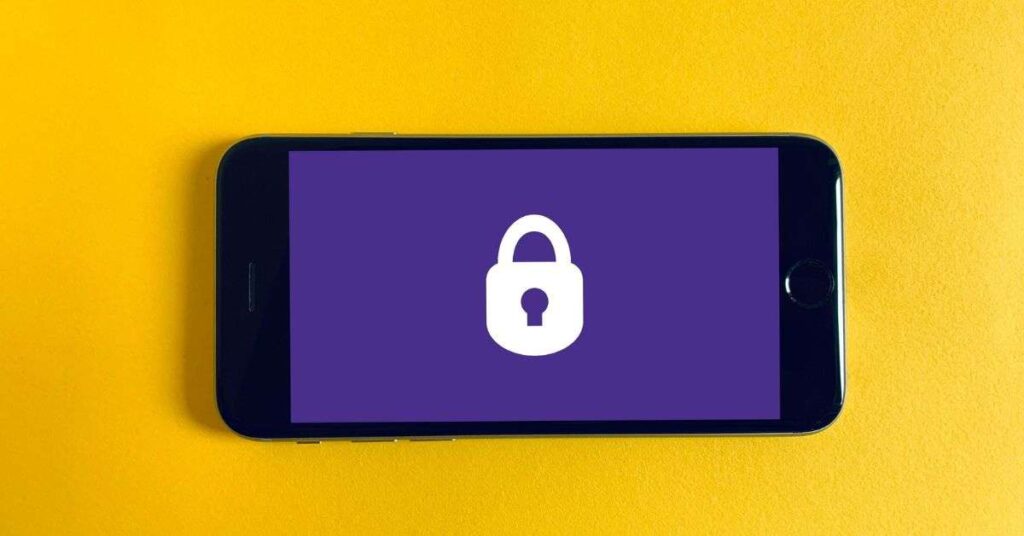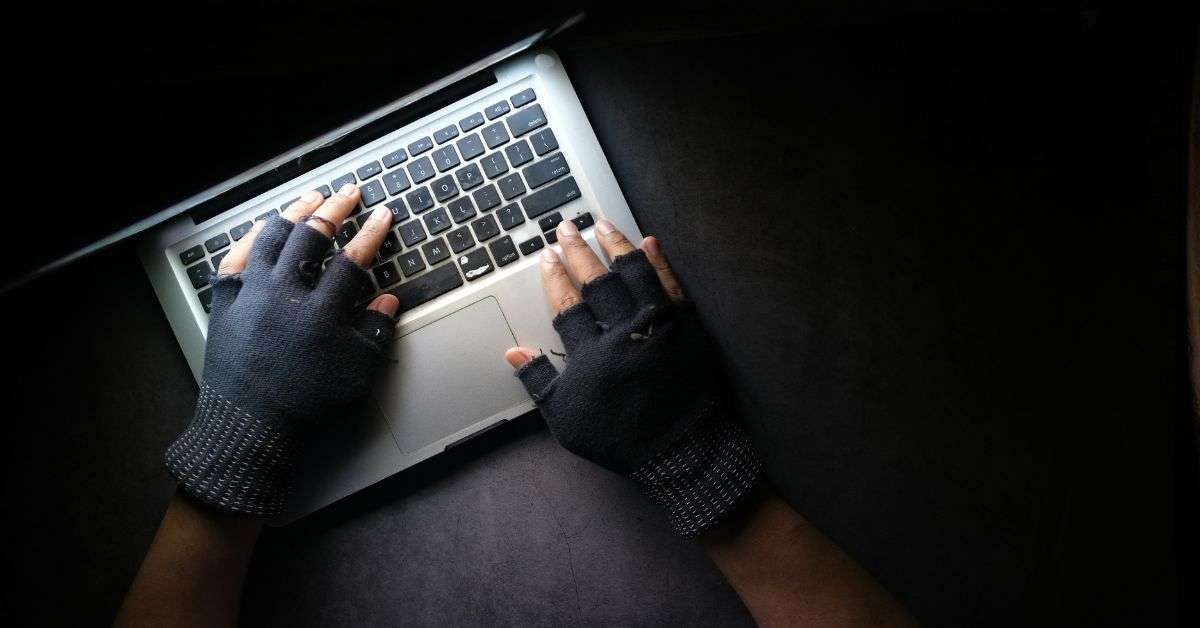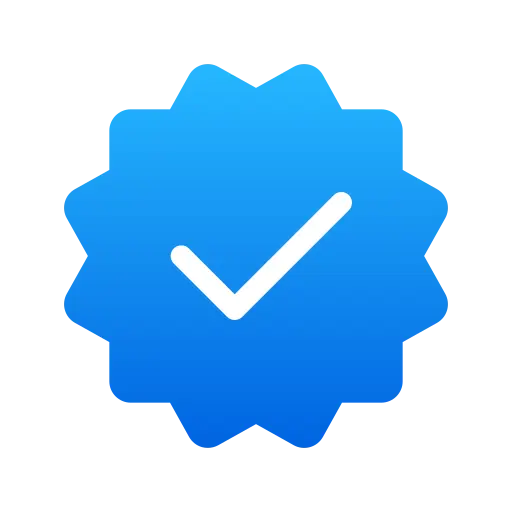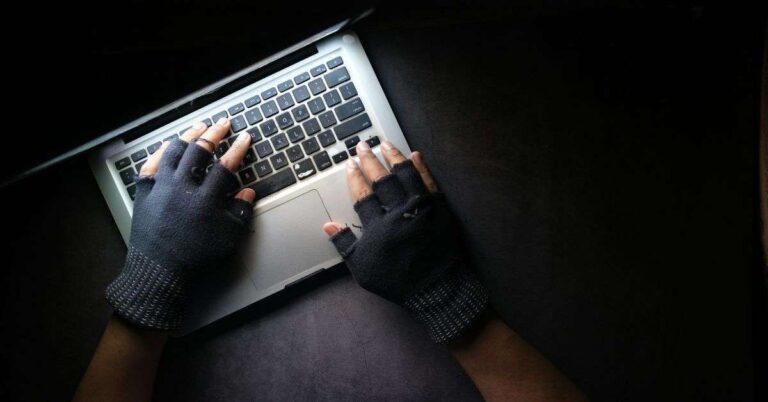If you use Gmail, social media, or any other major online account, there’s a chance your login details could be floating around the dark corners of the internet right now.
Security researchers have discovered that more than 183 million passwords and email addresses were leaked online in recent months, all thanks to a new wave of malware designed to quietly steal your data in the background.
Let’s break down what happened, what it means for you, and most importantly how to find out if your password has been compromised.
What Happened
Earlier this month, cybersecurity experts from Synthient and Have I Been Pwned (HIBP) uncovered a massive collection of stolen login credentials being circulated openly on hacker forums, Telegram channels, and even social media platforms.
The data, totaling around 3.5 terabytes, contained login information for popular web services like Gmail, Outlook, Facebook, and more. The source of the leaks? A type of malicious software known as an “infostealer.”
Infostealer malware operates quietly on infected computers, logging everything from email addresses and passwords to browser-stored credentials, cookies, and tokens. Once that data is captured, it’s sent to the hacker’s server and eventually shared or sold online in what’s called a “stealer log.”
These logs are often uploaded in massive bundles – meaning one infection can expose dozens of passwords at once. According to Troy Hunt, the security researcher behind Have I Been Pwned, the addresses analyzed in this incident were verified as authentic, proving just how widespread the exposure is.
Not a Single Breach – But a Wave of Them
Unlike major data breaches (like when a single company’s servers are hacked), this leak is a compilation of millions of smaller infections.
Michael Tigges, Senior Security Operations Analyst at Huntress, explained that this wasn’t one central hack but “aggregated and uploaded data from millions of stealer malware logs.”
In other words, it’s not that Google, Meta, or Microsoft were hacked – it’s that individuals’ devices were infected, and the stolen login details were collected from there.
This makes the problem much harder to trace or contain because the malware infections happened quietly on personal computers across the world.
Tigges added,
“This event underscores the importance of avoiding shared credentials across services and highlights why it is important to have excellent visibility on both your personal and business email security.”

How to Check If Your Password Has Leaked
Thankfully, there’s a safe and easy way to check whether your password or email has been compromised in this leak – or any previous one.
🔍 Use Have I Been Pwned
The website HaveIBeenPwned.com lets you check if your data has appeared in any known data breaches. It’s one of the most trusted resources online, run by security expert Troy Hunt.
There are two ways to use it:
1. Check your email
- Visit the website and type in your email address.
- You’ll see a list of breaches that your email appeared in, along with the services affected.
2. Check your password
- Use the site’s password checker tool (you don’t need to enter your email).
- Type your password, and it will securely tell you if that password has ever appeared in a data breach.
The system doesn’t store your password or send it anywhere; it uses a secure, anonymized lookup system to keep your data safe.
If your password appears as “found,” that means it’s circulating somewhere online and could easily be guessed or reused by attackers – even if you personally weren’t hacked.
What to Do If Your Password Has Leaked
If your credentials show up in the results, don’t panic – but act fast. Here’s what cybersecurity experts recommend:
1. Change Your Email Password Immediately
Your email account is the most valuable asset a hacker can gain access to. Once they have your inbox, they can reset passwords for your bank, social media, and nearly every other service you use.
Use a strong, unique password that you’ve never used before.
2. Enable Multi-Factor Authentication (MFA)
Multi-factor authentication adds another layer of protection. Even if someone has your password, they can’t access your account without the second verification step (like a code sent to your phone or app).
3. Reset Passwords on Other Accounts
If you’ve reused the same password elsewhere, change it immediately. This prevents what’s called a credential stuffing attack, where hackers try the same email-password combo across multiple platforms.
4. Use a Password Manager
Avoid saving your passwords in your web browser. Infostealer malware can easily access those stored credentials.
Instead, use a password manager like Bitwarden, 1Password, or Dashlane. These tools encrypt your passwords and even alert you if one of them appears in a breach.
4. Keep Your PC Clean
Most infostealer infections come from downloading unsafe software, pirated games, or shady browser extensions.
To stay protected:
- Keep your antivirus software updated.
- Download only from trusted websites.
- Avoid “cracked” or unofficial programs – they’re the most common carriers of malware.
Tigges emphasizes:
“Prevention is the chief mitigation. These credentials were obtained primarily through ‘stealer’ type malware; ensuring your system hygiene is key.”
Why This Matters
This isn’t the first time massive troves of stolen data have surfaced online – but the scale and method of this particular leak make it especially concerning.
Because the credentials weren’t obtained from a single company but from millions of infected devices, there’s no central authority that can alert or protect you. Each individual has to take responsibility for their own cybersecurity hygiene.
Even if your data isn’t among the 183 million entries, this is a wake-up call for every internet user. Weak passwords, reusing credentials, and neglecting MFA can all lead to serious consequences – from identity theft to drained bank accounts.
How to Keep Your Passwords Safe Going Forward
Here are a few long-term steps to strengthen your digital defenses:
- Use unique passwords for every account.
Don’t reuse passwords across sites – even for unimportant ones. - Turn on alerts for suspicious activity.
Many platforms, including Google and Microsoft, will notify you of unusual sign-ins. Keep those notifications active. - Avoid storing passwords in browsers.
Use a password manager that offers breach monitoring and auto-updates for compromised passwords. - Stay cautious about downloads and links.
A single infected installer or fake update prompt can deploy an infostealer in seconds. - Update your system regularly.
Operating system and browser updates often include critical security patches that block known malware exploits.
The Bottom Line
The leak of 183 million passwords isn’t just another headline – it’s a reminder that the smallest habits, like reusing a password or skipping updates, can have massive consequences.
Take a few minutes today to check your email and password on Have I Been Pwned. Then, secure your accounts with strong, unique passwords and MFA.
Cybercriminals are getting smarter every year – but with the right tools and vigilance, you can stay several steps ahead.








